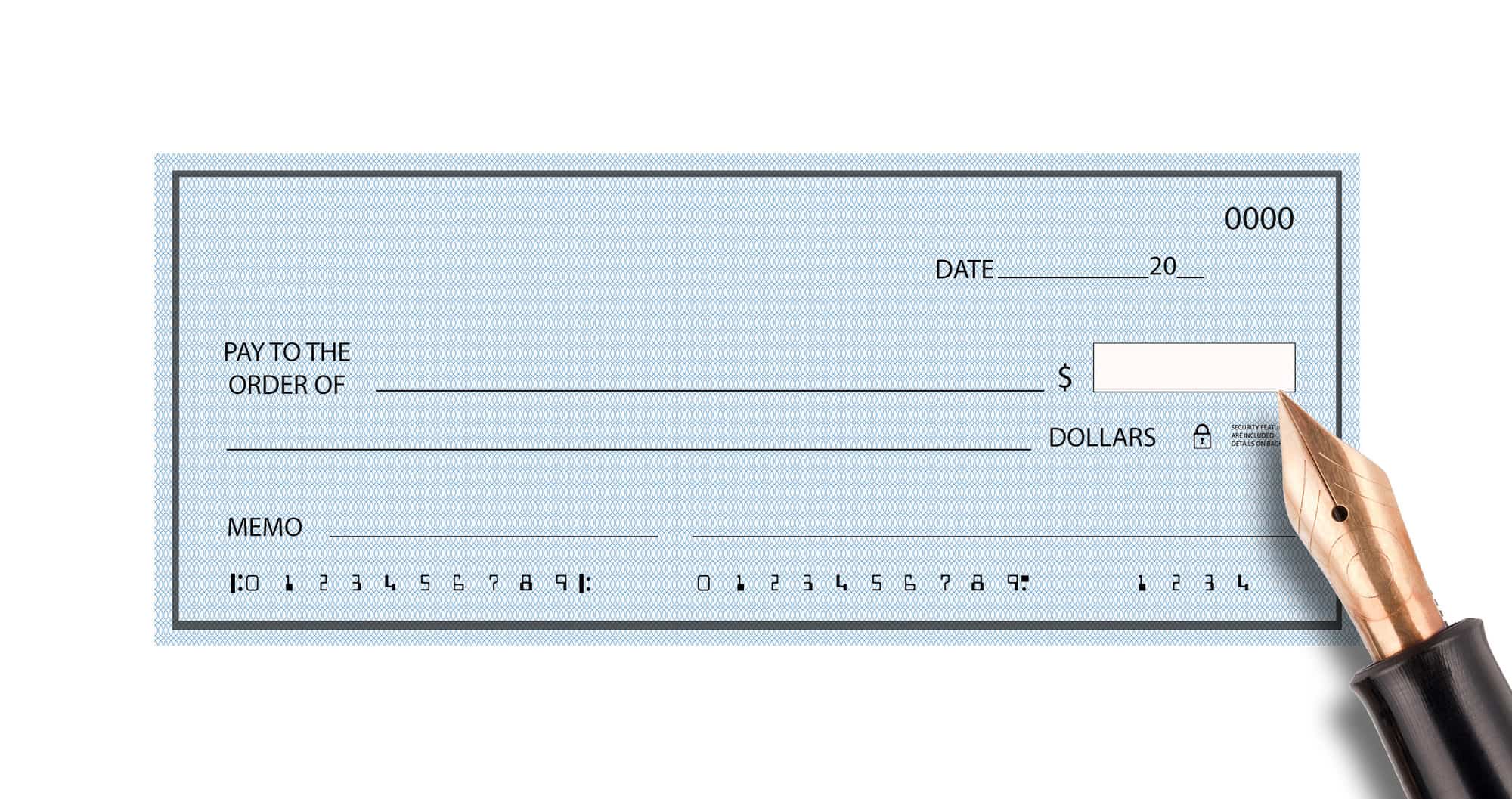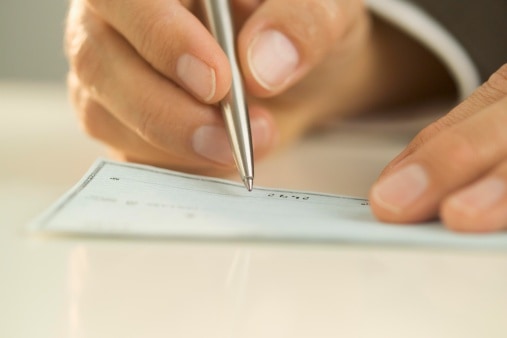COVID-19 is causing widespread unemployment and furloughs throughout the country. With mandatory business closings, companies have little to no revenue available to offer employees paid leave.
But the federal government has a plan to help small businesses stay afloat. The Paycheck Protection Program is an opportunity to keep the economy in check throughout COVID-19.
Check out this overview to learn how this program can help you protect your income during COVID-19.
What is the Paycheck Protection Program?
The Paycheck Protection Program was created in March 2020 in response to nationwide lockdowns. The Trump Administration approved the bill that offers small businesses relief if revenue has been negatively impacted by COVID-19.
This is part of the CARES Act, which was created to provide emergency assistance and health care resources for individuals, families, and businesses affected by COVID-19.
The CARES Act includes $454 billion in emergency loans to businesses, states, and local governments through the U.S. Treasury Exchange Stabilization Fund. Companies that take out loans can buyback stocks and keep employment at a minimum of 90 percent.
All emergency loans will be overseen by a Congressional Oversight Commission as well as a Special Inspector General. All small businesses are eligible for the Paycheck Protection Program regardless of the kind of entity you own.
If you’re self-employed, an independent contractor, nonprofits or a veteran organization, you can also apply. Small businesses have to meet the size standards which means having less than 500 employees.
There are a few exceptions to the size rule for companies that meet all other SBA employee-based size standards for a specific industry. Funds are available to small business owners on a first-come, first-served basis.
What can employers use PPP funds for?
If you get a Paycheck Protection loan, you can use it for more than just hourly wages. Here is a list of what you can use loan money to pay for:
- cost of doing payroll
- group healthcare benefits
- insurance premiums
- rent payments
- utility payments
- interest payments on debt
- refinancing your SBA EIDL loan
- salaries and wages
- commissions
- cash tips or equivalent
- vacation pay
- state and local employee taxes
Employers who receive the Paycheck Protection Program loan can use funds to cover employee salaries, but only if that employee’s salary that is no more than $100,000 per year.
You can’t use the money to repay debts incurred after February 15, 2020. If you want to refinance your EIDL loan, you can do so as long as you got the loan between January 31st and April 3, 2020.
Exclusions
Payroll Protection funds can’t be used to pay employees who live outside the United States. Federal employment taxes imposed between February 15th and June 30, 2020, are also excluded through the Payroll Protection Program.
This includes both the employer and the employee’s share of FICA and Railroad Retirement Act taxes. Income taxes should still be withheld from employees on payroll during this period.
If you have independent contractors, they’ll need to apply for the Payroll Protection Program on their own. You can’t use the loan money to pay an independent contractor or freelancer.
Mistakes happen and with the rules to loan programs still in development, expect there to be missteps in how the loan funds are used. If you use Paycheck Protection Program funds incorrectly, the SBA will ask you to repay the money.
This applies to unintentional misuse of loan money. If you’re caught intentionally abusing loan money, you’ll be subject to fraud charges. These charges come with financial penalties and potential jail time depending on the situation.
How Much Can You Receive?
The Paycheck Protection Program includes $349 billion of financial relief for small businesses that have been impacted. The amount you’ll receive varies based on employee headcount.
If you’re a sole proprietor, you can only apply for up to $100,000 in Paycheck Protection relief funds. This is because the maximum amount per employee is $100,000.
Bigger businesses can receive up to $100,000 per employee but the maximum loan amount is $10 million. To calculate how much your loan amount will be through the Paycheck Protection Program, multiply your average monthly payroll expense by 2.5.
The SBA looks at your payroll costs for the past 18 months to determine what your average should be. This amount covers all money paid to an employee including tips, commissions, hourly wages, sick leave and severance pay.
What is PPP Loan Forgiveness?
At this time, COVID-19 doesn’t have a definite end date. These impacted businesses rely on a paycheck protection program to help them keep employees on payroll until the national disaster is over.
To make sure relief loans don’t become a financial burden for businesses in distress, Paycheck Protection loans are forgivable. Forgivable means you don’t have to repay or can delay the repayment of a loan as long as you follow certain rules.
Here are three conditions you must meet in order to request loan forgiveness:
- Staff Count – You must keep all of your full-time employees.
- Salary Amount – Salaries and wages can’t be reduced by more than 25% (applies to employees who earn less than $100,000 annually).
- Re-hiring Staff – You must re-hire any staff laid off or furloughed because of COVID-19 before June 30, 2020, at their pre-February 15, 2020 salary level.
With the Paycheck Protection Act, the amount forgiven on the loan can be up to the full balance including any interest. The amount forgiven is based on whether you use the money for forgivable purposes and don’t layoff any employees while you have the loan.
Employee compensation must also remain the same while during the life of the loan. The amount of forgiveness will be calculated by your lender based on debts and payroll expenses you incurred before February 15, 2020, and those that came after February 15, 2020.
At least 75% of the loan amount forgiven must be related to payroll. Any money paid to independent contractors won’t be counted towards loan forgiveness. The SBA will oversee loan forgiveness applications offering guidance to lenders where needed.
To apply for loan forgiveness, contact the lender who issues your PPP loan. Requests should include documentation that proves you followed the rules for loan forgiveness including the number of full-time employees and their pay rates.
You’ll also need to provide financial records showing payments made on eligible expenses like mortgages, leases, and utilities. Documents should include a certification statement that confirms that all the information you provide is true and used according to guidelines.
The time it takes the lender to give a decision on your Paycheck Protection loan forgiveness varies. Check with your PPP lender to find out whether requests are required by mail or whether an electronic application exists.
Who Can Apply?
Understanding the PPP eligibility process can be tricky. There are a variety of loan programs available for small businesses in distress because of the COVID-19.
Is there a limit to the number of loans you can apply for? Does applying for one loan reduce the amount you receive from another loan program?
The answer is: it depends. Not every small business needs a Paycheck Protection loan to make it through these uncertain times.
Apply for the loans that best meet your business needs. For example, if you’re struggling to make payroll and need money to cover business expenses that aren’t covered under PPP you can apply for both loans but there are limits.
If you received an EIDL (Economic Injury Disaster Loan) loan before April 3, 2020, you can apply for the PPP loan but only if you didn’t use the money to meet payroll. Borrowers who used the money for payroll should apply to refinance their EIDL loan instead.
Make sure that at least 75 percent of the PPP loan is used for payroll costs including amounts from your refinanced EIDL. If you receive a $10,000 advance through the SBA EIDL program, however, this advance is deducted from your loan forgiveness amount.
There are other restrictions on who can apply for the PPP loan. If you’re engaged in any illegal activity at the federal, state or local level, you won’t qualify.
If you’re using the money to pay your babysitter, landscaper, or any other household employee, you can’t apply for the PPP loan. PPP loans won’t be given to any company where an owner of 20% or more of the equity of the applicant is incarcerated or pending conviction or indictment.
You also can’t apply if you’ve had a felony within the last 5 years or have defaulted on another federal loan within 7 years. These federal loans include those backed by the federal government like FHA mortgage loans.
When Can You Apply?
PPP loans are available online as of April 3, 2020. Contact your business banker for more information on whether PPP loans are available.
Many banks are giving first right of refusal to existing customers since funding is limited. There are third party lenders who can issue SBA loans.
Paycheck Protection Program vs. Employee Retention Credit
The IRS is offering a tax credit to companies suffering financial distress because of COVID-19 who continue to pay employees. Unlike the PPP loan, this Employee Retention Credit is available to businesses of all sizes including organizations that are tax exempt.
If you receive an SBA loan or are a state or local government, you aren’t eligible for this tax credit.
The credit is available to all employers regardless of size, including tax-exempt organizations. To qualify for the Employee Retention Credit you must meet the following criteria:
- Business is stopped partially or in full because of a COVID-19 government lockdown.
- Your gross sales are down by at least 50 percent compared to a comparable quarter in 2019. Credits are calculated quarterly.
Credits apply to the amount of payroll taxes owed. If you’re eligible for this credit, report qualified employee wages as well as any related healthcare costs on your quarterly employment tax return.
One of the biggest differences between this payroll tax credit and the PPP loan is that the tax credit can’t be used to pay business expenses. The PPP loan can help you meet loan payments and payroll expenses that aren’t related to your tax burden.
PPP Application Process
The PPP application process varies from lender to lender. Once you find a lender who offers the PPP loan, you’ll need to report payroll information for the past 18 months including your average payroll expenses.
Lenders will contact you for more information if you meet the minimum loan requirements. These supporting documents will vary based on the number of employees you have.
If you’re applying through a brick and mortar bank, a physical loan agreement might need to be signed if the bank is still in operation during COVID-19. If you’re applying through an online lender, the loan agreement can be signed electronically.
If you aren’t eligible for a PPP loan because your business is too large, consider the Employee Retention Tax Credit instead. This credit can provide major relief if your revenue drops by more than half because of a business closure.
The second option is the Disaster Recovery Loan offered by the SBA. The Disaster Recovery loan offers borrowers the option of receiving an immediate $10,000 advance if they meet loan criteria.
You can start the Disaster Recovery Loan application online using the SBA website. This loan is available to sole proprietors, small businesses and independent contractors.
Navigating the Paycheck Protection Act
The Paycheck Protection Program gives much-needed flexibility to small business owners looking for relief during COVID-19. If you meet the minimum loan criteria, you can receive a 2-year loan to keep your employees paid with benefits at no cost to your business if the loan is forgiven.
The key is to only spend on eligible expenses and keep documentation on everything. Remember to keep your paperwork organized so that you can quickly answer questions about your financials if the lender asks.



